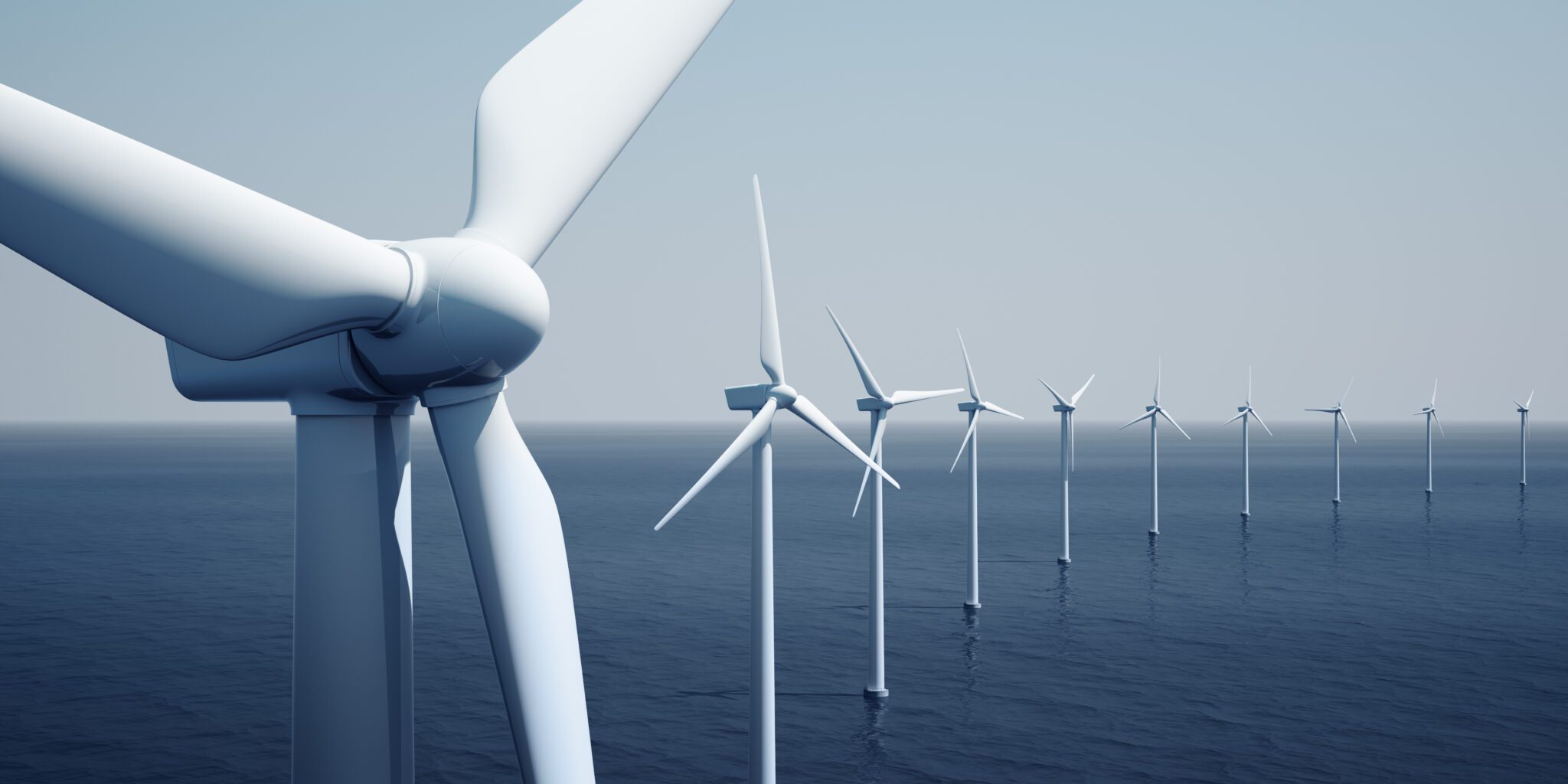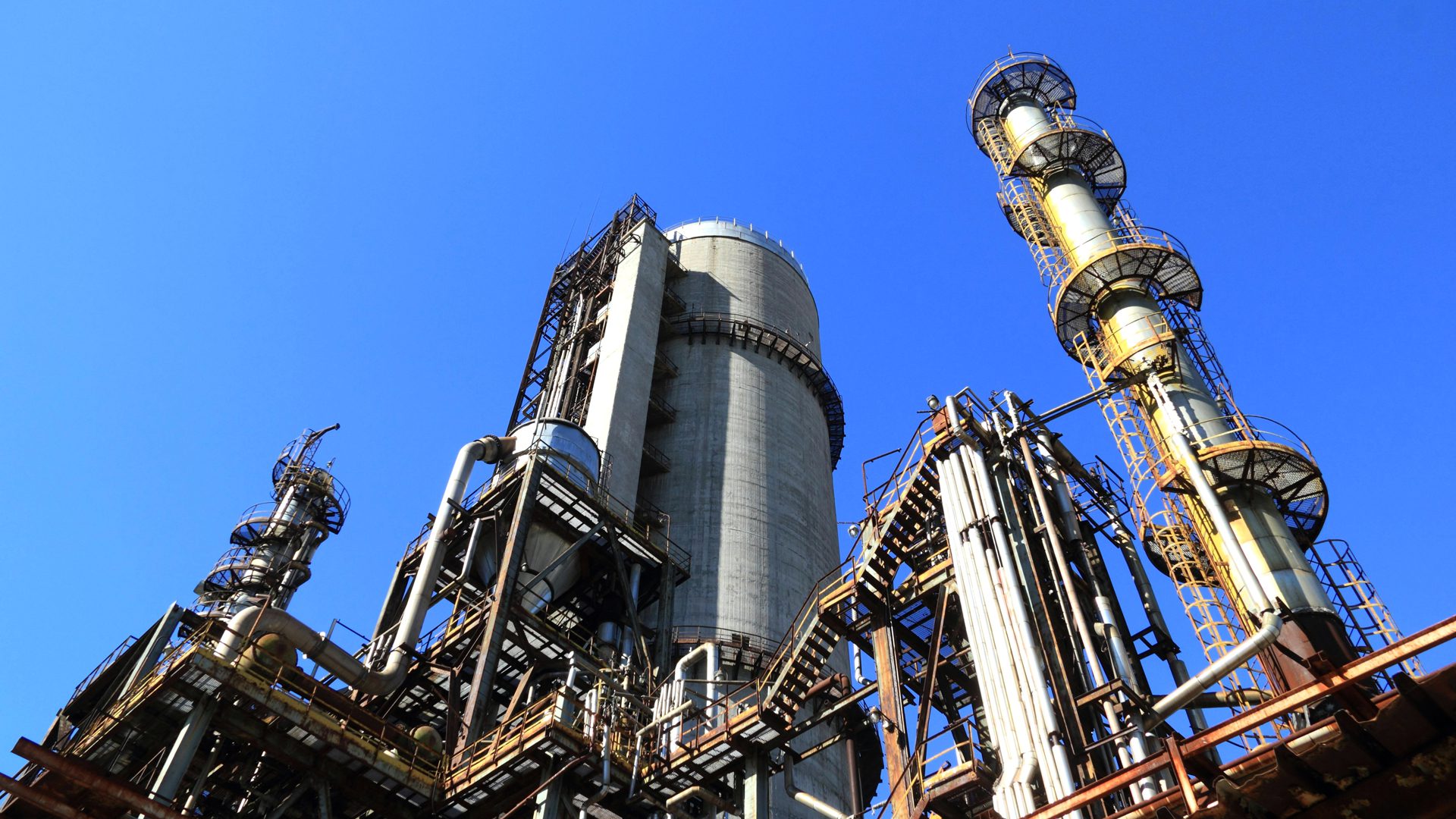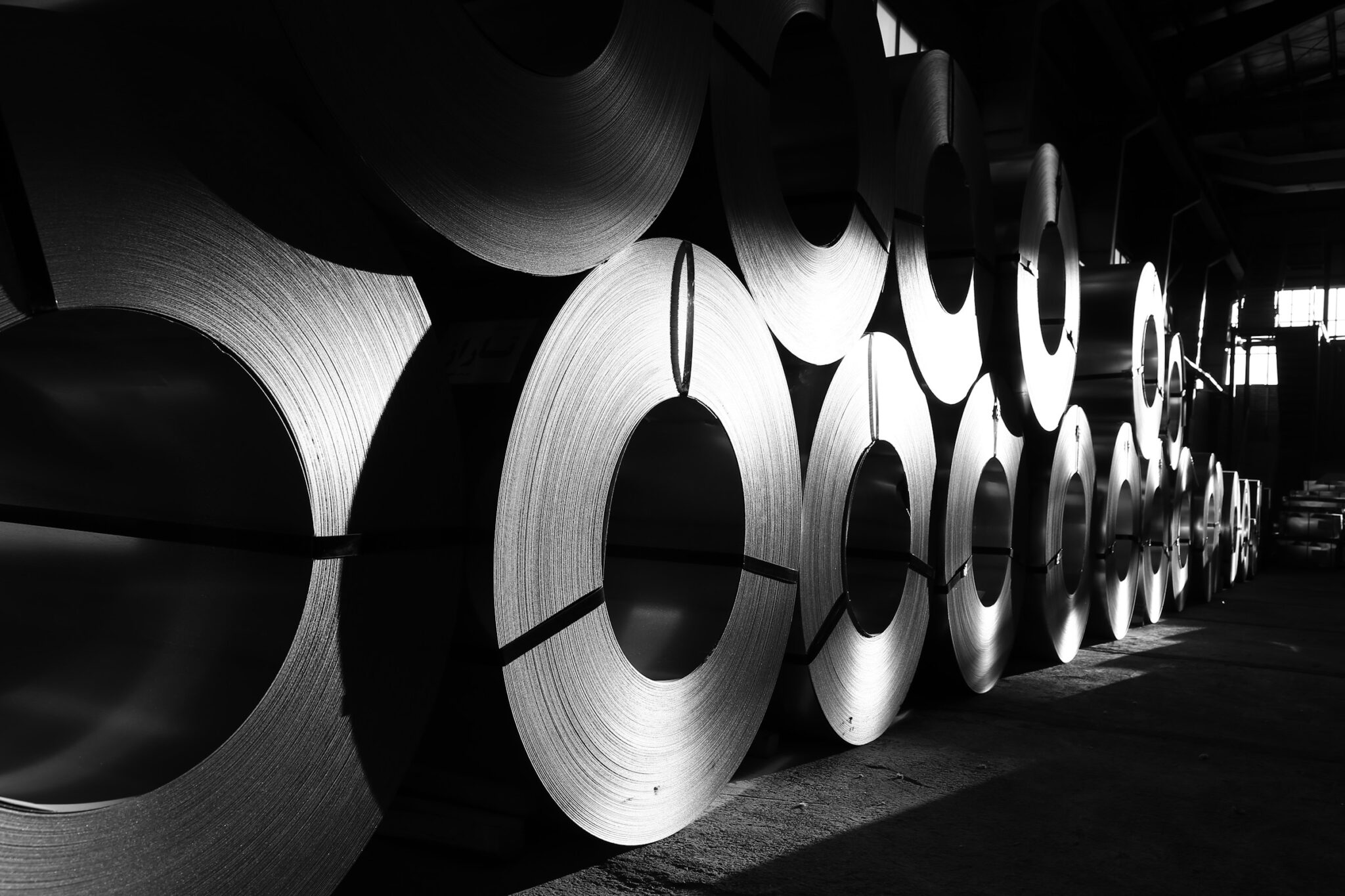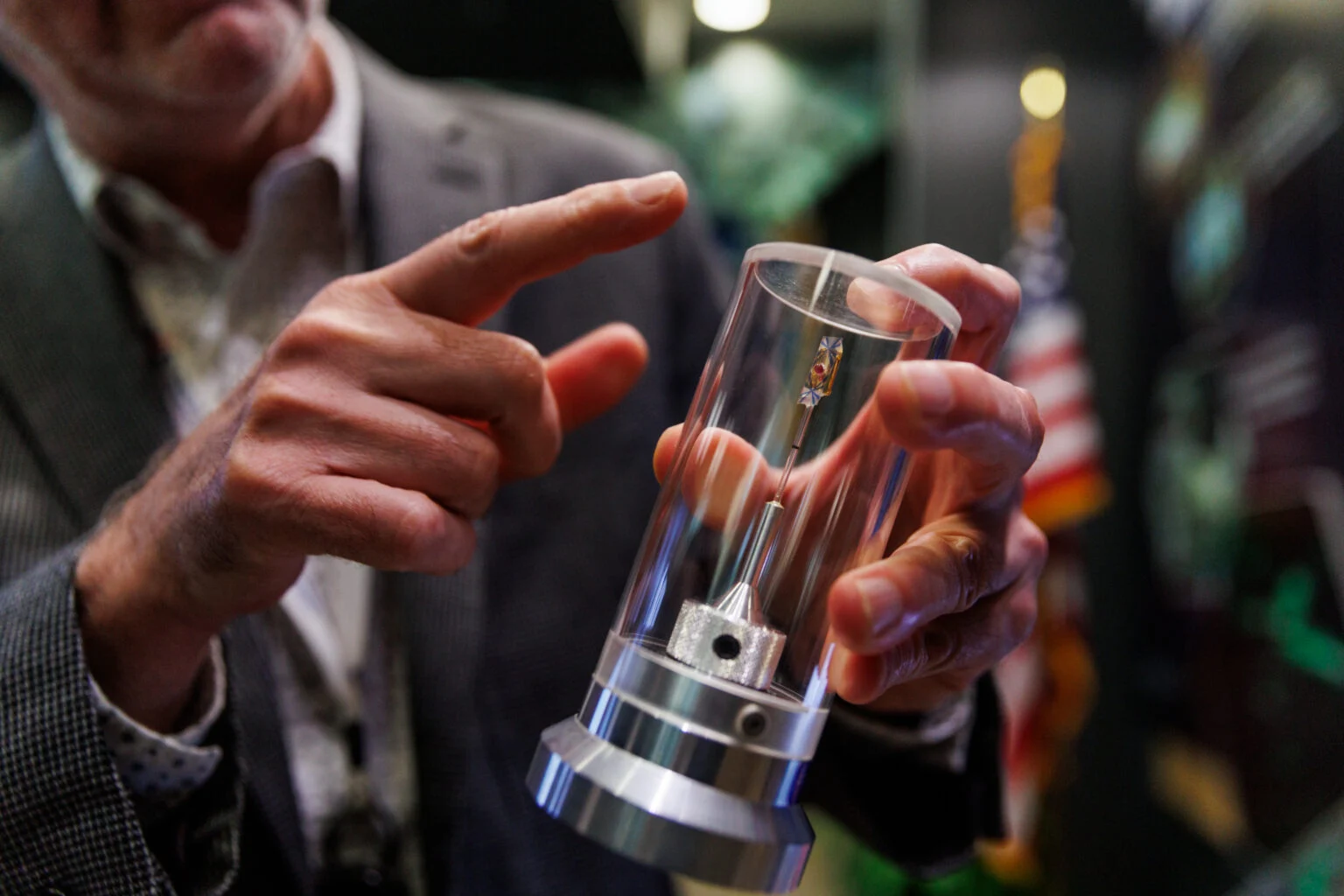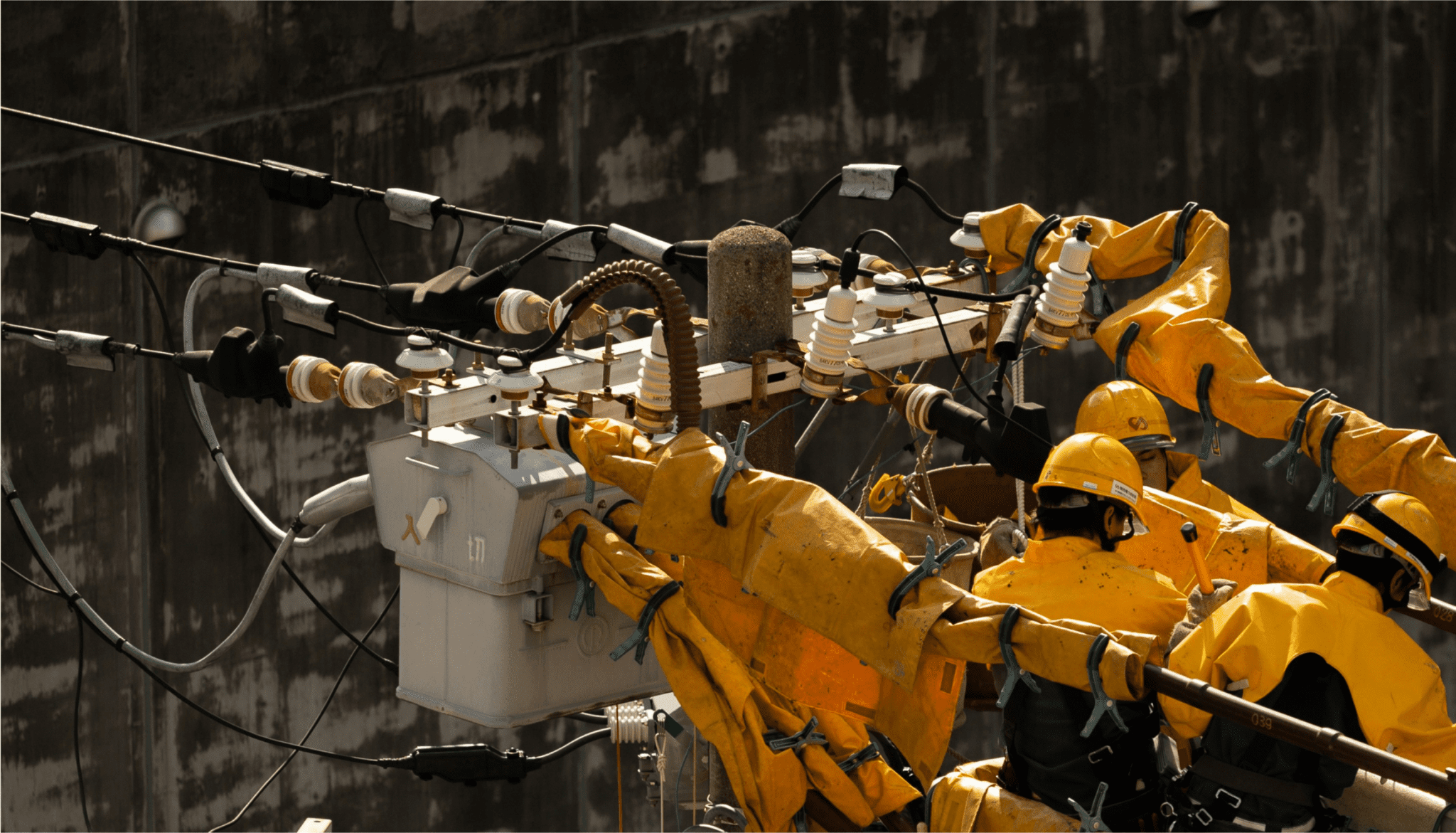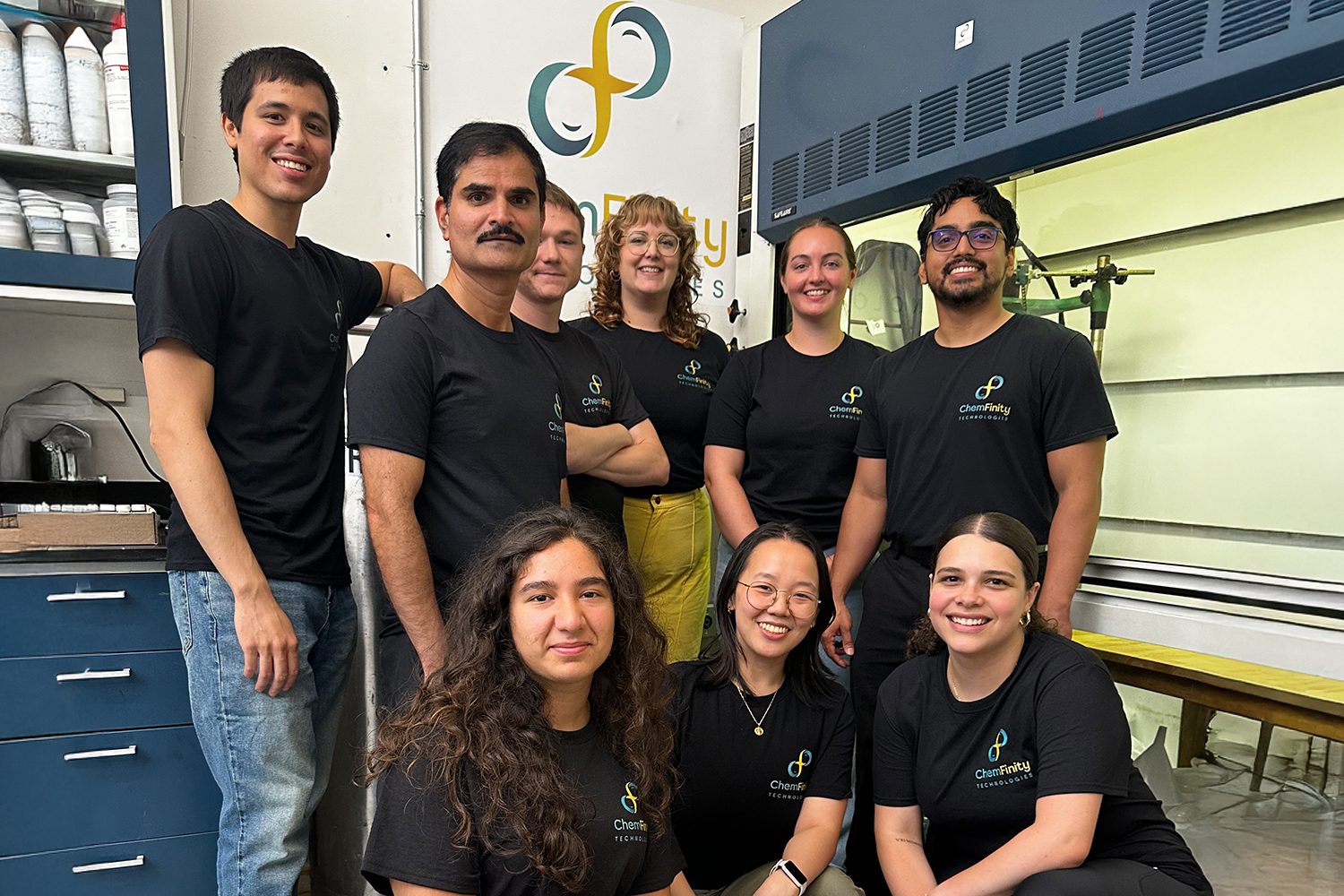This Newsroom is the second in a series covering critical raw materials and their role in the clean energy transition. The first post in the series can be found below:
To meet our clean energy goals, we urgently need to build new, sophisticated, and environmentally responsible supply chains to support the exploration, extraction, refining, and recycling of critical raw materials. Our last piece explored why these minerals are essential to the green transition.
Accelerating innovation on both the supply and demand side of this critical mineral equation is essential to prevent a paradox: we need to secure minerals for our low-carbon future without exacerbating emissions and environmental impacts to get them.
Innovation reduces greenhouse gas emissions in primary supply chains
Supply-side innovation will help with finding new resources and extracting more with less, while reducing greenhouse gas emissions and minimizing other environmental impacts associated with mining critical minerals, such as water use, land use change, waste, and biodiversity impacts.
Reducing emissions requires more efficient supply chains. Today, mining is a high energy- and resource-intensive industry with a significant climate impact. This includes the type and quantity of energy and processes used for powering mining engines, crushing rocks, processing ores into minerals and then material production. According to McKinsey, roughly 4 to 7 percent of global emissions are from mining activity. However, when Scope 3 emissions are considered, the mining industry is responsible for up to 28% of global greenhouse emissions.
Innovation is required to address the growing demand for critical minerals
On the demand side, innovation will reduce the need for primary critical minerals. Some examples include:
- Making the best use of extracted minerals by decreasing material intensity when developing clean technologies
- Enhancing design and technologies for greater recovery and recyclability of materials
- Improving existing recycling and upcycling technologies while developing breakthrough technologies
- Switching to alternative, more abundant minerals
Fortunately, a new generation of fast-growing companies is spearheading disruptive solutions to speed up innovation in the critical raw materials market. Below are just a few examples:
Site Identification & Exploration:
- GeologicAI builds high-end core scanning solutions which include sensors, Digital Core Table, and modelling capabilities. Their AI-powered tools allow geologists access to accurate, high-quality data, streamlining workflows and making the process of analyzing and interpreting more time-efficient and accessible.
- KoBold Metals is a pioneering mineral exploration company using AI to expedite the discovery of critical electric vehicle battery minerals like lithium, cobalt, copper, and nickel. Today, the mineral exploration industry is spending more money to make fewer discoveries. This is because ore deposits at or near-surface level have been largely discovered. The remaining ore deposits are deeper underground and harder to see from the surface. Discovering new, ethically sourced deposits of critical battery minerals requires the ability to peer into the Earth’s subsurface in innovative ways. KoBold designed its technology to pick up faint signals in the data pointing to hidden ore deposits below.
Extraction:
- Electroflow Technologies is developing a proprietary electrochemical process that uses lithium-selective electrodes to convert saltwater brines into lithium chemicals for batteries. Their process is well suited for abundant brines with low lithium content, eliminates the need for excessive chemical reagents, and offers high scalability with a modular cell stack design.
- I-ROX technology delivers short, high-intensity bursts of energy using pulsed-power technology that more efficiently shatters mineral ore. This process, which targets tensile weakness in rocks, could substantially reduce the cost, energy usage and greenhouse gas emissions generated by critical mineral extraction activities.
- Lilac Solutions is commercialising a high-performance, low-cost ion-exchange-based approach to extracting lithium from brines (referred to as direct lithium extraction or DLE) without the need for traditional evaporation ponds to supply the rapidly growing lithium-ion battery market and enable the EV revolution.
- Olokun Minerals is developing a mineral recovery process that includes a separation step, leveraging a novel resin to recover minerals from salty wastewaters with a reduced chemical footprint. This process produces cleaner water that can be reclaimed while creating metal salts that can then be converted into compounds used for batteries.
- Skeleton Technologies is developing a high-powered SuperBattery that can be used to decarbonize heavy-duty vehicles at mining sites, for which lithium-ion batteries are not ideally suited, due to longer charging times and, fewer life cycles, and inadequate amounts of power delivered.
Refining & Processing:
- Mangrove Lithium refines battery-grade lithium from diverse raw sources, enabling less waste and fewer chemicals to create more sustainable refining processes. Additionally, they are developing an electrochemical technology to produce high-purity battery-grade lithium hydroxide (LiOH) at the lowest cost.
Recycling:
- ChemFinity Technologies creates specialised sorbents and membranes. Their materials withstand harsh hydrometallurgical conditions and can be tuned to selectively recover over a dozen critical metals (such as platinum group metals) from waste feedstocks.
- MagREEsource develops a clean, proprietary recycling process based on hydrogenation dedicated to the production of secondary rare earth magnets while reshoring the manufacturing of permanent magnets.
- Mecaware is a strategic raw material producer who operates from two waste streams using breakthrough innovation in chemistry based on synergistic CO2 capture and critical metal recycling (mostly end of life batteries and scrap).
- Redwood Materials recycles, refines, and remanufactures battery materials in the US, localising supply chains to drive down the environmental footprint and cost of lithium-ion batteries.
- Sortera Technologies is using state-of-the-art A.I., data analytics, and advanced sensors to advance the circular economy by making end-of-life and pre-consumer wastes recyclable.
Substitution:
- Naco Technologies is developing a nano-coating technology which increases efficiency and lifetime of critical components in electrolysers and fuel cells and replaces the need for iridium and platinum.
- Molten Industries is pioneering a process that produces synthetic graphite for lithium-ion batteries that is cost competitive with natural graphite and avoids carbon emissions. Their process cracks methane into hydrogen and graphite using renewable electricity.
- UpCatalyst focuses on turning flue-gas CO2 from heavy industry and biomass into valuable synthetic graphite, much needed to produce anodes for EV batteries.
These exciting innovations are set to change the face of the industry over the coming years, but the obstacles to securing a clean critical raw material supply chain go beyond the technical. The complexity, perceived risk, long lead times, lack of social license to operate, and capital-intensive nature of new projects can make it hard to secure financing, and structural challenges in the global supply chain such as where minerals are sourced and refined add a geopolitical layer. These are complex issues that will require thoughtful and nuanced solutions. In our next piece in the series, we will explore how levers across international cooperation, financing, norms, and regulation can help overcome some of these barriers to achieve a just and equitable transition.

